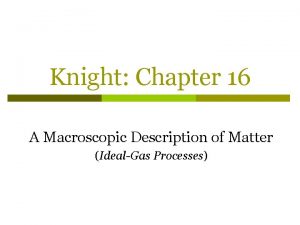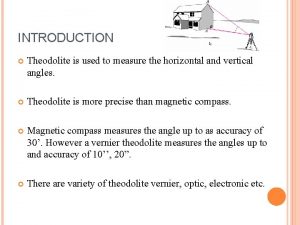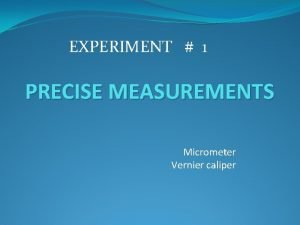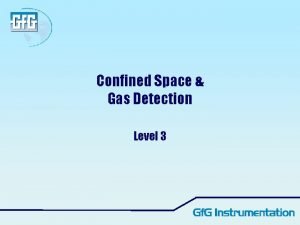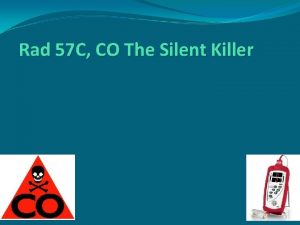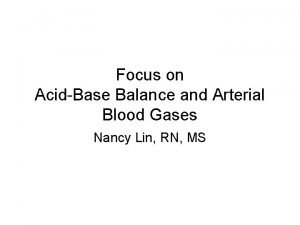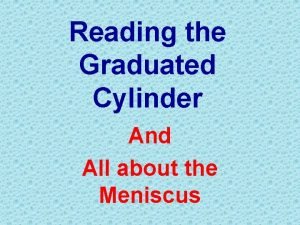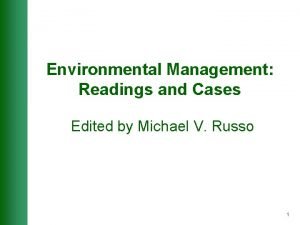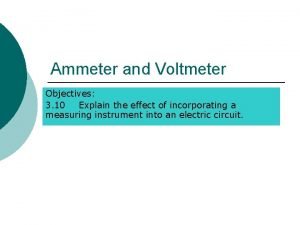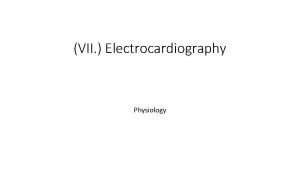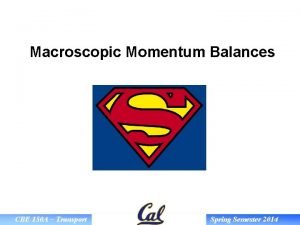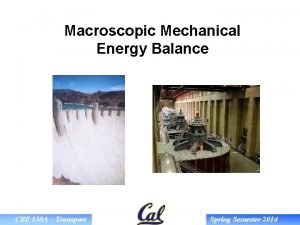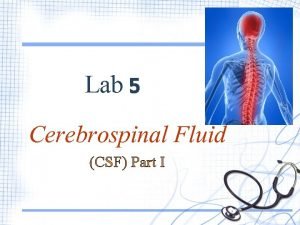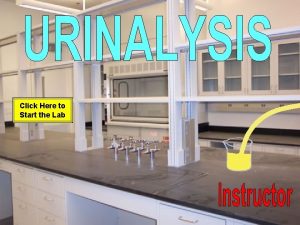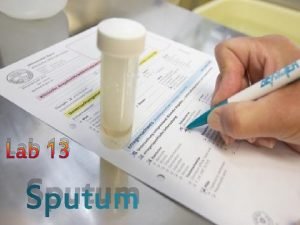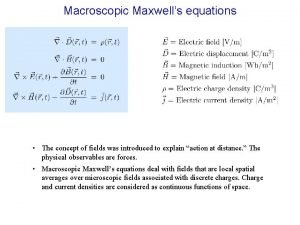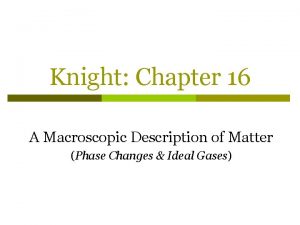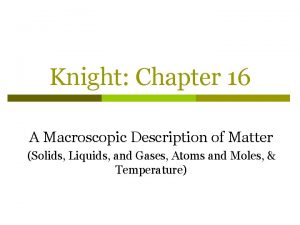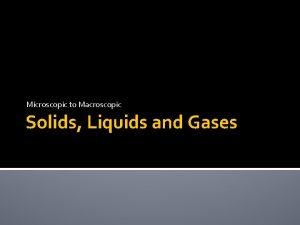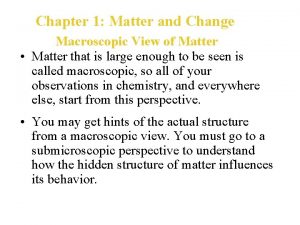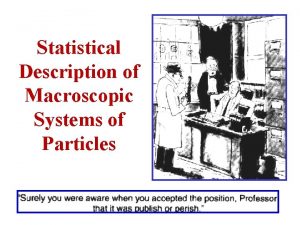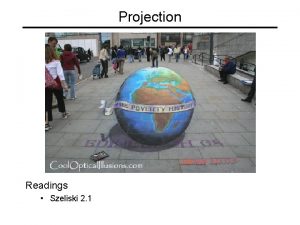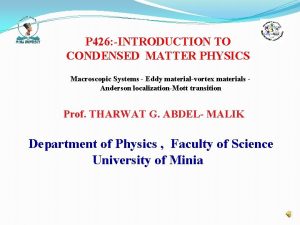A Macroscopic Description of Matter Readings Chapter 16























- Slides: 23

A Macroscopic Description of Matter Readings: Chapter 16 1

Solid, Liquid, Gas -Solid has well-defined shape and well-defined surface. Solid is (nearly) incompressible. -Liquid has well-defined surface (not shape), It is (nearly) incompressible. - Gases are compressible. They occupy all volume. 2

Solid, Liquid, Gas: Density -Density is defined as a ratio of the mass of the object and occupied volume The mass of unit volume (1 m x 1 m) Units: The density of the ice is slightly less than water, causing them to float. Roughly 9/10 of the iceberg is below water. 3

Solid, Liquid, Gas: Density 4

At 4°C water expands on heating or cooling. This density maximum together with the low ice density results in (i) the necessity that all of a body of fresh water (not just its surface) is close to 4°C before any freezing can occur, (ii) the freezing of rivers, lakes and oceans is from the top down, so permitting survival of the bottom ecology. atmospheric pressure 5

Solid, Liquid, Gas: Mole 1 mole (1 mol) of substance is an amount which contains particles (atoms or molecules) basic Avogadro’s number is the number of basic particles in 1 mole: If we know the number n of protons and neutrons in basic particles then we can find the mass of 1 mole: So, n is the molar mass (the mass of 1 mole in grams) 6

The number of protons and neutrons in atom 7

Temperature is the measure of internal thermal energy Different scale: - Fahrenheit, F - Celsius, C - Kelvin, K - SI scale of temperature Example: Absolute zero: The temperature (in K) can be only positive 8

Solid, Liquid, Gas: Phase Changes 9

Heat: Specific Heat Specific heat of a substance is related to its thermal energy. Specific heat is defined as: The amount of energy that raises the temperature of 1 kg of a substance by 1 K is called specific heat, c. 10

Phase Change: Solid, Liquid, and Gas Phase change: change of thermal energy without a change in temperature 11

Phase Change: Solid, Liquid, and Gas Phase change: change of thermal energy without a change in temperature Specific Heat 12

Phase Change: Solid, Liquid, and Gas Phase change: change of thermal energy without a change in temperature Heat of transformation (L) : the amount of heat energy that causes 1 kg of a substance to undergo a phase change. Heat of Fusion Heat of Vaporization Heat of Fusion – the heat of transformation between a solid and a liquid Heat of Vaporization – the heat of transformation between a liquid and a gas 13

Specific Heat Substance Specific Heat J/kg/K Heat of Transformation Latent Heat Fusion Substance k. J/kg Melting Point °C Latent Heat Vaporizatio n k. J/kg Boiling Point °C Water (0 o. C to 100 o. C) 4186 Methyl Alcohol 2549 Alcohol, ethyl 108 -114 855 78. 3 Ice (-10 o. C to 0 o. C) 2093 Ammonia 339 -75 1369 -33. 34 Steam (100 o. C) 2009 Carbon dioxide 184 -78 574 -57 Benzene 1750 Helium 21 -268. 93 Wood (typical) 1674 Soil (typical) 1046 Air (50 o. C) 1046 Aluminum 900 Marble 858 Glass (typical) 837 Iron/Steel 452 Hydrogen 58 -259 455 -253 Lead 24. 5 372. 3 871 1750 Nitrogen 25. 7 -210 200 -196 Oxygen 13. 9 -219 213 -183 Water 334 0 2260 (at 100 o. C) 100 14

Ideal Gas 15

Ideal Gas: Ideal gas: -no interactions between the atoms, (without interactions no phase transition to liquid phase) -atom as a hard-sphere -temperature will determine the average speed of atoms. Boltzmann’s constant 16

Ideal-Gas Law p – gas pressure V – gas volume (container volume) T – gas temperature (in Kelvin!!) n – the number of moles – this can be found as the mass of the gas and where M is is the mole mass R=8. 31 J/mol K - universal gas constant gas 17

Ideal-Gas Processes The state of the gas is determined by two parameters: P and V or P and T or V and T If we know P and V then we can find T : p. V diagram 18

Ideal-Gas Processes: Constant Volume Process V = constant Isochoric process 19

Ideal-Gas Processes: Constant Pressure Process p = constant Isobaric process 20

Ideal-Gas Processes: Constant Temperature Process T = constant Isothermal process 21

Example: Find , and if n = 3 mol 22

Example: Find , and if n = 3 mol 23
 Macroscopic description of an ideal gas
Macroscopic description of an ideal gas Chapter 2 section 1 classifying matter answers
Chapter 2 section 1 classifying matter answers Types of reading
Types of reading Levelling head in theodolite
Levelling head in theodolite Msr and vsr
Msr and vsr Keratometer readings
Keratometer readings 312زبان عشق
312زبان عشق Lel meter readings
Lel meter readings Rad 57 readings
Rad 57 readings Normal blood gases
Normal blood gases How to read a graduated cylinder
How to read a graduated cylinder Eb = p x a x t
Eb = p x a x t Christmas responsive reading
Christmas responsive reading Responsive readings for thanksgiving
Responsive readings for thanksgiving Jcu map
Jcu map What is the reading on the ammeter
What is the reading on the ammeter Normal ecg readings
Normal ecg readings Macroscopic momentum balance
Macroscopic momentum balance Macroscopic energy balance
Macroscopic energy balance Csf color
Csf color Macroscopic observations data sheet
Macroscopic observations data sheet Macroscopic hematuria causes
Macroscopic hematuria causes Cheesy masses sputum
Cheesy masses sputum Maxwell's equations
Maxwell's equations
